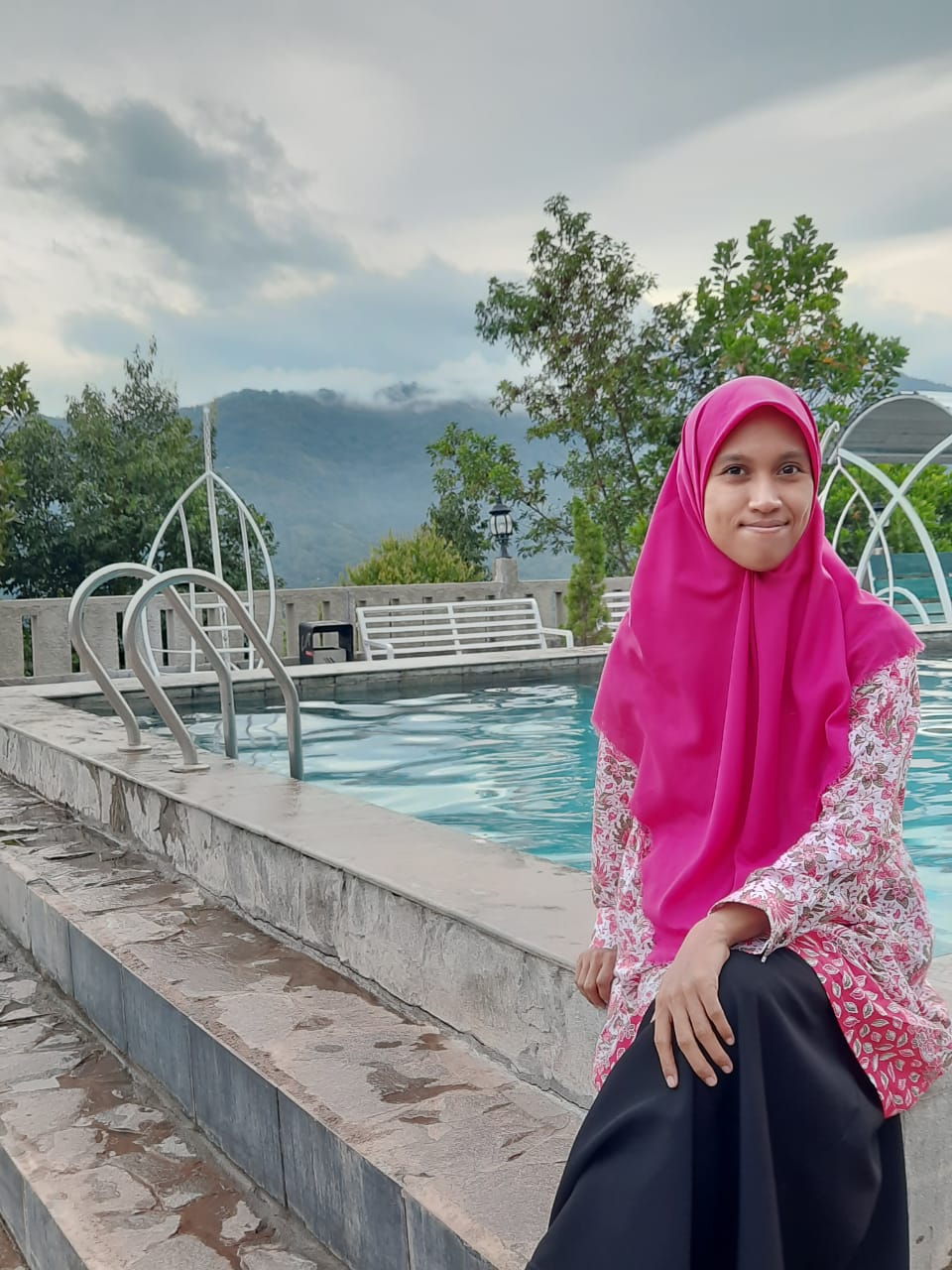Students' Learning Needs Analysis in Learning English at SMAN 1 Campalagian Polewali Mandar
DOI:
https://doi.org/10.46870/lets.v5i1.665Keywords:
Analysis, EFL, Learning, NeedAbstract
In SMAN 1 Campalagian, many students are not receiving an education that meets their diverse learning needs, as many teachers continue to use a "one size fits all" approach that fails to accommodate individual needs. This "one size fits all" approach can negatively impact academic achievement. The aim of this research is to identify senior high school students’ learning needs, specifically learning interest. The method of the research was a mix-method, integrating quantitative and qualitative data. The instruments of the research were questionnaires, which consisted of closed-ended questions such as voting surveys for getting the quantitative data and open-ended questions for getting the qualitative data. The sample for this research were the students in the eleventh grade of SMAN 1 Campalagian. In analyzing the data, the researcher applied two kinds of techniques, including quantitative analysis and qualitative analysis. Based on the data analysis, the most preferred topics among the students were legends, fairy tales, and fables. For the interest areas, the most preferred areas were music, fine art, and historical sciences. Additionally, regarding the mode of expression, the most preferred expressions are written, oral, and design. The reasons they chose these preferences were various. The findings indicate that the students have a variety of learning interests with their own reasons. They showed interest in various topics areas and modes of expression.
References
Akhadalievich, A. K., & Nozimakhon, G. (2022, November). The Role of need analysis in language teaching in online conferences platform (pp.67-71).
Damsa, C., & De Lange, T (2019) Student-centered learning environments in higher education: From conceptualization to design. Uniped, 42(1), 9-26
Haryanti, T., & Nur, R. (2021). Identifying the Students’ Needs in Teaching Speaking to the Middle School Students in Pinrang Indonesia.La Parole: Journal of Languaeg Teaching and Pedagogy, 3(2),220-239.
Hockett (2018). Differentiation Strategies and Examples: Grades 6-12. Tennessee Department of Education.
Logan, B. (2011). Examining differentiated instruction: Teachers respond. Research in higher education journal, 13.
Maguire, M., & Delahunt, B. (2017). Doing a Thematic Analysis: A Practical, Step-by-Step Guide for Learning and Teaching Scholars. 8(3)
Nur, R. (2015). Developing Youtube-Based Listening Materials for University Students. State University of Makassar, 164.
Poedjiastutie, D., & Oliver, R. (2017). Exploring Students’ Learning Needs: Expectation and Challenges. English Language Teaching, 10(10), 124. https://doi.org/10.5539/elt.v10n10p124
Rafi’ah Nur, Z., & Latifa, A. (2014, August). Listening Comprehension: An IPA-based Need Analysis of Indonesian English Education Students.In Proceedings of the 12th Asia TEFL and 23rd MELTA International Conference (Vol.28, p.30).
Tomlinson, C. A. & McTighe, J. (2006). Integrated differentiated instruction and understanding by design. Alexander, Virginia: Association for Supervision and Curriculum Development.
Vitale, D. C., Armenakis, A. A., & Feild, H. S. (2008). Integrating Qualitative and Quantitative Methods for Organizational Diagnosis: Possible Priming Effects? Journal of Mixed Methods Research, 2(1), 87–105. https://doi.org/10.1177/1558689807309968.
Wulanjani, A. N. (2018). Exploring Students’ Need for Developing Material of English for Civil Engineering. Metathesis: Journal of English Language, Literature, and Teaching, 2(1), 1. https://doi.org/10.31002/metathesis.v2i1.552
Yavuz, A. C. (2020). The effects of differentiated instruction on Turkish students’ L2 achievement, and student and teacher perceptions. Eurasian Journal of Applied Linguistics, 313–335. https://doi.org/10.32601/ejal.776002
Downloads
Published
Issue
Section
License
Copyright (c) 2023 Hernawati Bt Ibrahim, Rafiah Nur, Salasiah Ammade

This work is licensed under a Creative Commons Attribution-ShareAlike 4.0 International License.












